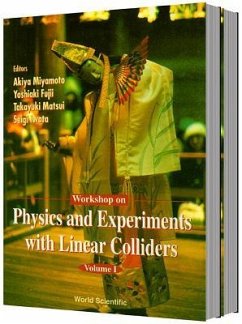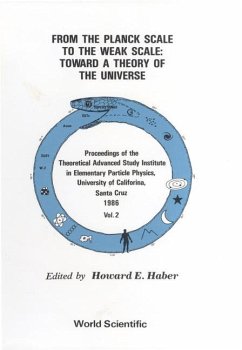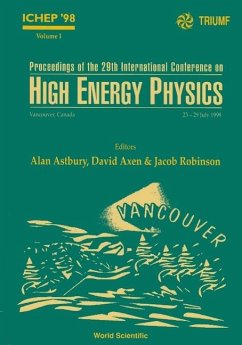Collider experiments have become essential to studying elementary particles. In particular, lepton collisions such as e⁺e⁻ are ideal from both experimental and theoretical points of view, and are a unique means of probing the new energy region, sub-TeV to TeV. It is a common understanding that a next-generation e⁺e⁻ collider will have to be a linear machine that evades beam-energy losses due to synchrotron radiation. In this book, physics feasibilities at linear colliders are discussed in detail, taking into account the recent progress in high-energy physics.
Hinweis: Dieser Artikel kann nur an eine deutsche Lieferadresse ausgeliefert werden.
Hinweis: Dieser Artikel kann nur an eine deutsche Lieferadresse ausgeliefert werden.








